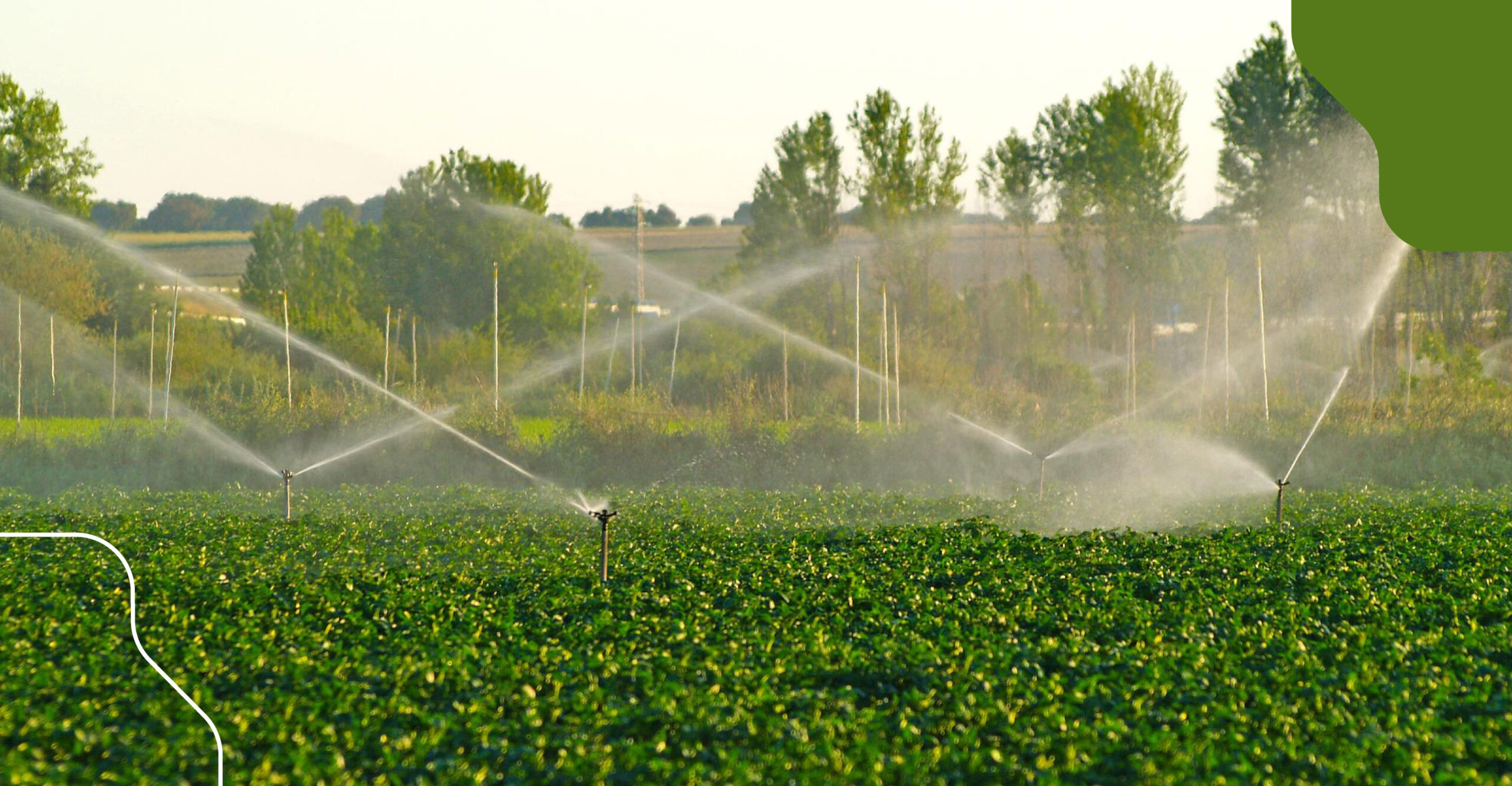Water is the lifeline of agriculture, yet it’s becoming one of the scarcest resources — especially in semi-arid regions. For small and marginal farmers, every drop counts. With erratic rainfall and rising temperatures, adopting smart, water-saving irrigation practices is no longer a choice — it’s a necessity.
This blog explores the best irrigation techniques, modern technologies, and affordable solutions that help farmers maximize water efficiency, improve yield, and ensure sustainability for generations to come.
1. Drip Irrigation – Every Drop Reaches the Root
Drip irrigation is one of the most effective methods for saving water in dry regions. It delivers water directly to the plant’s root zone in controlled amounts, minimizing wastage through evaporation or runoff.
Key Benefits:
Saves up to 60–70% of water compared to flood irrigation
Increases yield by 20–40%
Reduces weed growth and fertilizer loss
Ideal for vegetables, fruit crops, and greenhouses
2. Sprinkler Irrigation – Simulating Natural Rain
Sprinkler systems distribute water through a network of pipes and rotating nozzles, ensuring even coverage across fields. It’s especially useful for undulating land and sandy soils.
Advantages:
-
Uniform water distribution
-
Saves up to 50% of water
-
Reduces soil erosion
-
Suitable for small and marginal farms with limited land
3. Mulching – Preserve Moisture, Protect Soil
Mulching involves covering the soil surface with organic or plastic materials to retain moisture, regulate temperature, and reduce weed growth.
Benefits:
Minimizes evaporation losses
Improves soil fertility
Reduces irrigation frequency
Pro Tip: Farmers can use crop residue, straw, or biodegradable mulch for an eco-friendly solution.
4. Use of Soil Moisture Sensors & Automation
Smart irrigation systems use soil moisture sensors, timers, and IoT-based controllers to ensure precise water use. By monitoring soil conditions and weather data, these systems automate irrigation — applying water only when necessary.
Advantages:
- Prevents over-irrigation and waterlogging
- Saves both water and energy
- Ideal for progressive small farmers adopting modern technology
5. Rainwater Harvesting for Sustainable Farming
In semi-arid regions, rainwater harvesting can make a big difference. Collecting and storing rainwater during monsoon months helps farmers maintain crops during dry periods.
Ways to Implement:
Farm ponds and check dams
Rooftop rainwater collection
Recharge pits to improve groundwater
Water-saving irrigation practices are the foundation of resilient agriculture in semi-arid regions. For small and marginal farmers, adopting these affordable and effective techniques ensures better productivity, reduced input costs, and long-term sustainability.
At Bhumi Irrigation, we believe every drop of water is a drop of hope — nurturing life, growth, and prosperity across India’s farmlands.

